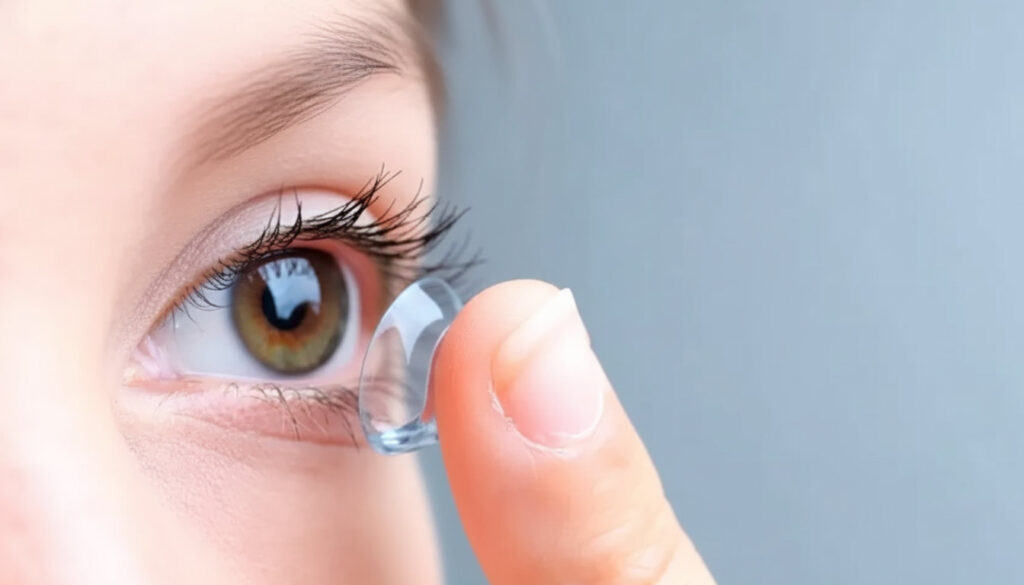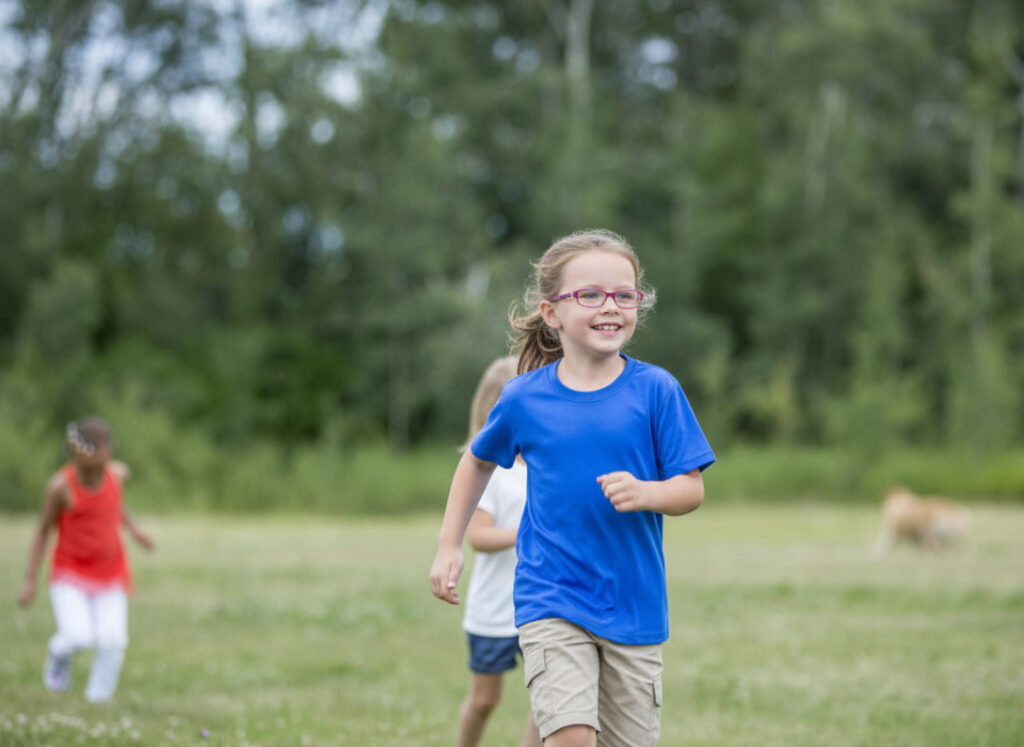As parents, we all want our children to see clearly, stay confident, and feel comfortable doing the things they love. When vision problems like myopia (nearsightedness) appear early, as they increasingly do, deciding whether to explore contact lenses for kids, glasses, or other vision correction becomes more than just a practical choice. It’s about supporting their lifestyle, safety, and self-esteem.
In recent years, myopia management has evolved beyond simply prescribing stronger lenses every year, as I described in another post. Treatments now include specialized glasses such as Myosmart lenses, low-dose atropine eye drops, and, for some kids, contact lenses designed to help slow myopia progression.
Our Family’s Journey: From Glasses to Contact Lenses
My 10-year-old daughter began her myopia management journey with Myosmart lenses, an excellent start supported by nightly low-concentration atropine eye drops. The results were promising, but we soon faced a challenge many active families can relate to: she loves volleyball.
Between diving for the ball and quick rotations on the court, her glasses became more of a liability than a help. The risk of breaking them during games, or even small bumps during practice, made us reconsider her options.
After consulting her optometrist, we decided to try daily disposable contact lenses (she currently uses Acuvue 1-Day Oasys Max). The change was instant.
The first time she put them on, she smiled wide. She could see clearly from every angle, without the frame edges in her way. Her confidence on the court soared.
That moment confirmed we’d made the right choice.

Are Contact Lenses Safe for Children?
Yes, when prescribed and monitored by an optometrist experienced in pediatric fittings, contact lenses are generally safe and effective for children as young as 8 years old.
A landmark study published in Optometry and Vision Science found that children aged 8–12 wearing soft contact lenses had no higher risk of eye infections than teenagers or adults, provided proper hygiene was maintained.
According to Dr. Mark Bullimore, a leading researcher in pediatric contact lens safety, “The data show that children are very capable contact lens wearers; in many cases, even more compliant than adults.”
When to Consider Contact Lenses for Kids
Contact lenses might be a suitable option if your child:
- Is responsible and hygienic, able to follow daily routines like hand-washing without reminders.
- Feels self-conscious in glasses or plays sports where glasses interfere.
- Is undergoing myopia management, where specific lenses (like MiSight) can help slow progression.
- Needs sharp peripheral vision for activities such as gymnastics, soccer, or volleyball.
Every child is different. Readiness depends less on age and more on maturity and motivation.
Daily Disposable vs. Reusable Lenses for Kids
| Feature | Daily Disposable | Reusable (Bi-weekly or Monthly) |
|---|---|---|
| Hygiene | Highest. Fresh pair every day | Requires cleaning and storage |
| Convenience | No maintenance or solution needed | Must follow strict cleaning routine |
| Cost | Higher per lens, but fewer infections | Lower ongoing cost |
| Suitability for Kids | Ideal for beginners or active children | Better for older teens comfortable with routine |
Public data from the British Contact Lens Association and American Optometric Association show that daily disposables are the most recommended type for children, thanks to reduced infection risk and simpler handling.
Contact Lenses vs. Glasses: Which is Better for Active Kids?
For children engaged in sports, contact lenses offer distinct advantages:
- No fogging or slipping during activity.
- Wider visual field and better depth perception.
- Less risk of breakage or injury compared to glasses.
- Improved self-confidence — many children report feeling more comfortable socially and athletically.
Glasses still play an important role, particularly for school or home use, and should always be kept as a backup.
How to Safely Introduce Your Child to Contact Lenses
- Consult an optometrist specializing in children’s vision. They’ll evaluate readiness and recommend lens type.
- Start with daily disposables if possible – fewer steps mean better compliance.
- Practice hygiene rituals together: washing hands, avoiding water contact, and not sleeping in lenses.
- Supervise at first, but let them gain independence gradually.
- Schedule follow-up visits to monitor eye health and vision changes.
As Dr. Jennifer Fogt, pediatric optometrist and myopia management expert, explains:
Wearing contact lenses is a great privilege, and many children can wear them safely and successfully under the care and supervision of eye doctors and watchful parents.
Final Thoughts: Vision, Confidence, and Growth
Every child’s journey with vision care is unique. For ours, contact lenses have not only supported better vision but also boosted confidence, independence, and joy — both on and off the volleyball court.
If you’re considering contact lenses for your child, start by consulting your optometrist. They can assess your child’s eyes, lifestyle, and maturity to recommend the best solution — whether that’s glasses, contact lenses, or a combination as part of a myopia management plan.
At Optogrid, we’re committed to helping families and professionals make informed decisions about vision care. Our platform connects you with trusted eye care professionals and offers educational resources designed to make this journey clearer. Literally and figuratively 😎.

I am a seasoned software engineer with over two decades of experience and a deep-rooted background in the optical industry, thanks to a family business. Driven by a passion for developing impactful software solutions, I pride myself on being a dedicated problem solver who strives to transform challenges into opportunities for innovation.

